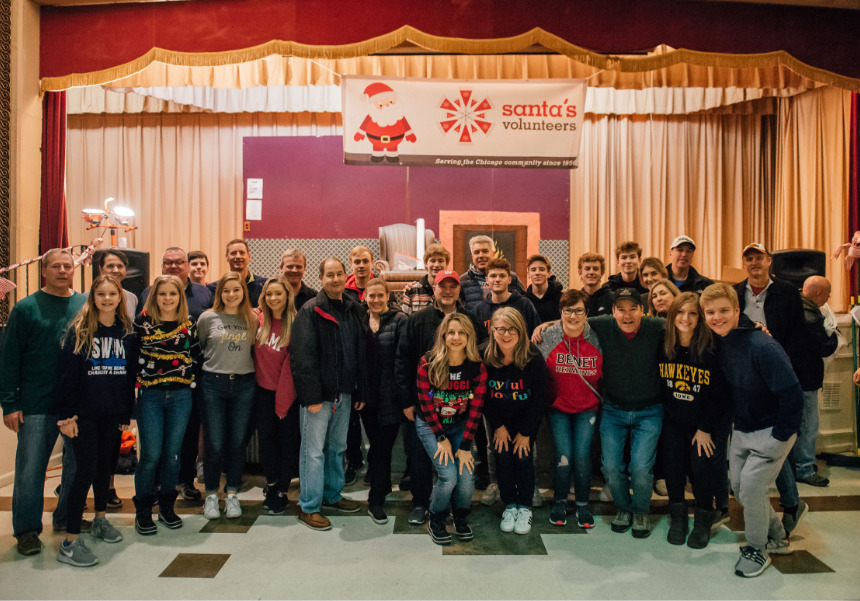How We Got Started
“No money for food”
In 1956, as Christmas neared, Al Fellinger, a young employee of the utility company, knocked on a door of a Chicago home to check that the electrical appliances were in good working order. As Fellinger remembered it:
“An elderly woman opened the door. I explained why I was there and inquired about her appliances. Specifically, I asked if she’d mind if I checked her refrigerator. She began to cry.
Through her tears she told me that it didn’t matter if her refrigerator worked. I asked why and she said, ‘No money to buy food to put in it.’ Then she repeated ’No money for food.’ She went on to say that she used her refrigerator only to store dishes.”
Fellinger couldn’t get those words out of his mind. He went to a store and bought twenty dollars’ worth of food—enough, in 1956, to fill several bags—and returned to the woman’s small apartment. Again she cried, but this time they were tears of happiness.
Later he told the story to his friend Bob Erzinger. Together they contemplated how many other empty refrigerators there might be in Chicago that Christmas. And was there a way to put something in them? The result of that conversation, Santa’s Volunteers, through a simple grass roots effort, now raises over $125,000 a year and brings a good Christmas dinner and an array of Christmas gifts to thousands of Chicagoans.

Another result of that conversation is an unusual operating principle: Every penny contributed goes toward those Christmas bundles; nothing goes to administrative costs. The organization’s directors pay for all such expenses themselves.
The success of Santa’s Volunteers lies in its simplicity and the willingness of people to reach out, give back, share a sense of community and try to bring some happy days during Christmas others in our community who are struggling. We are limited only by the amount of funds that generous people donate.